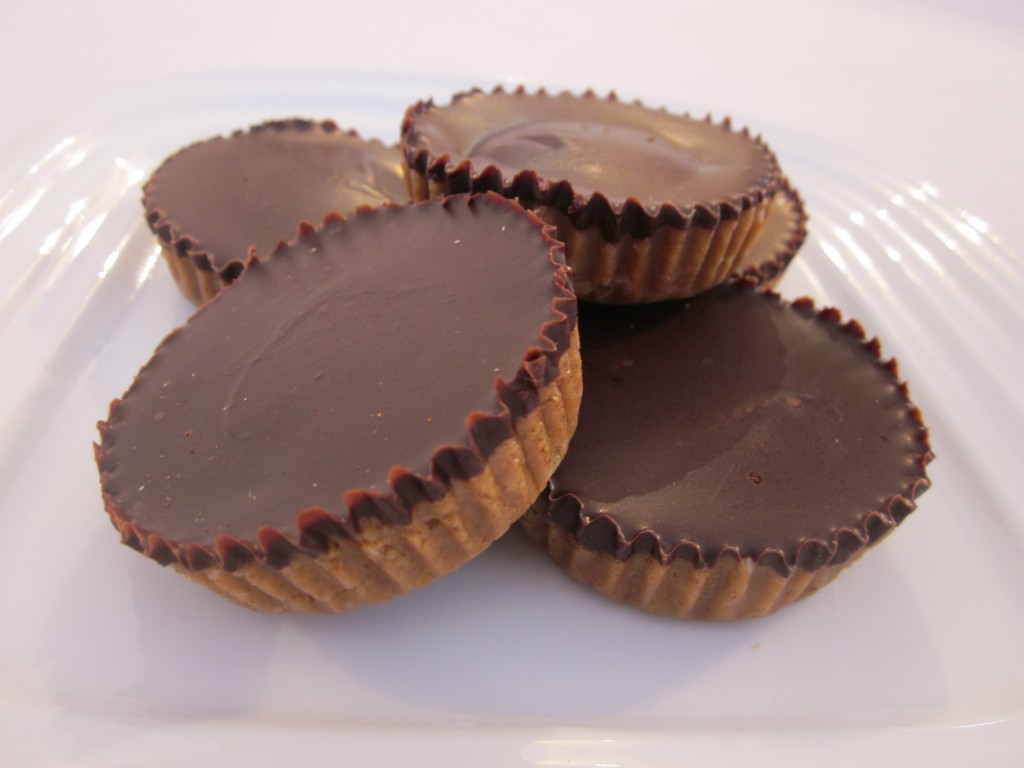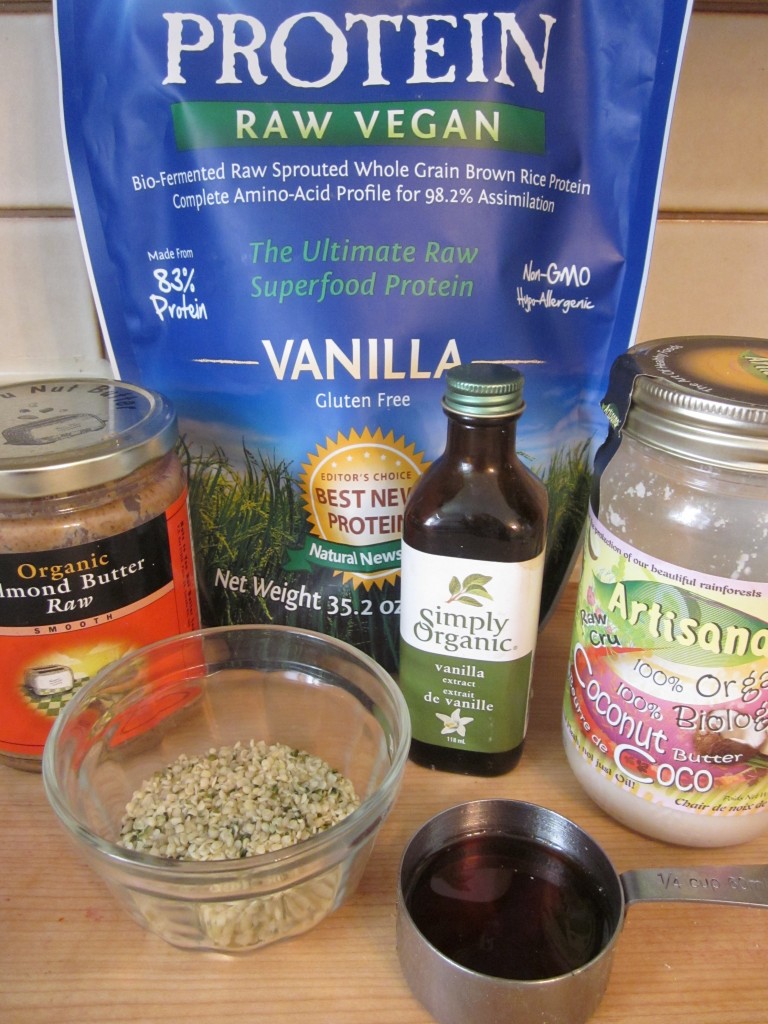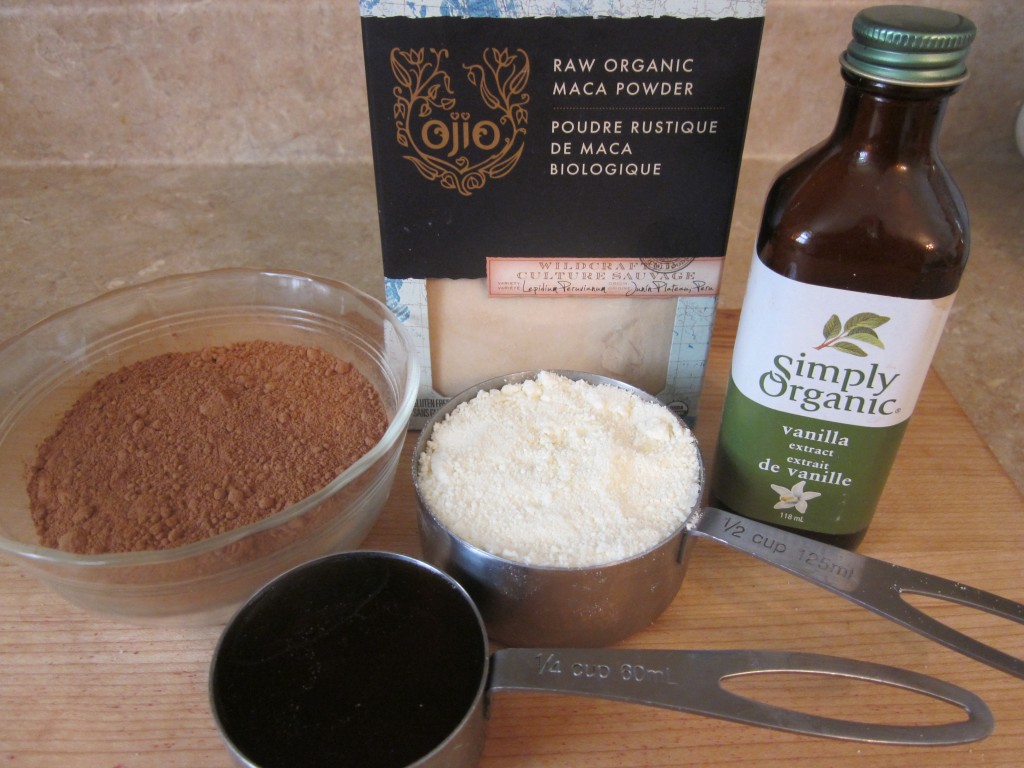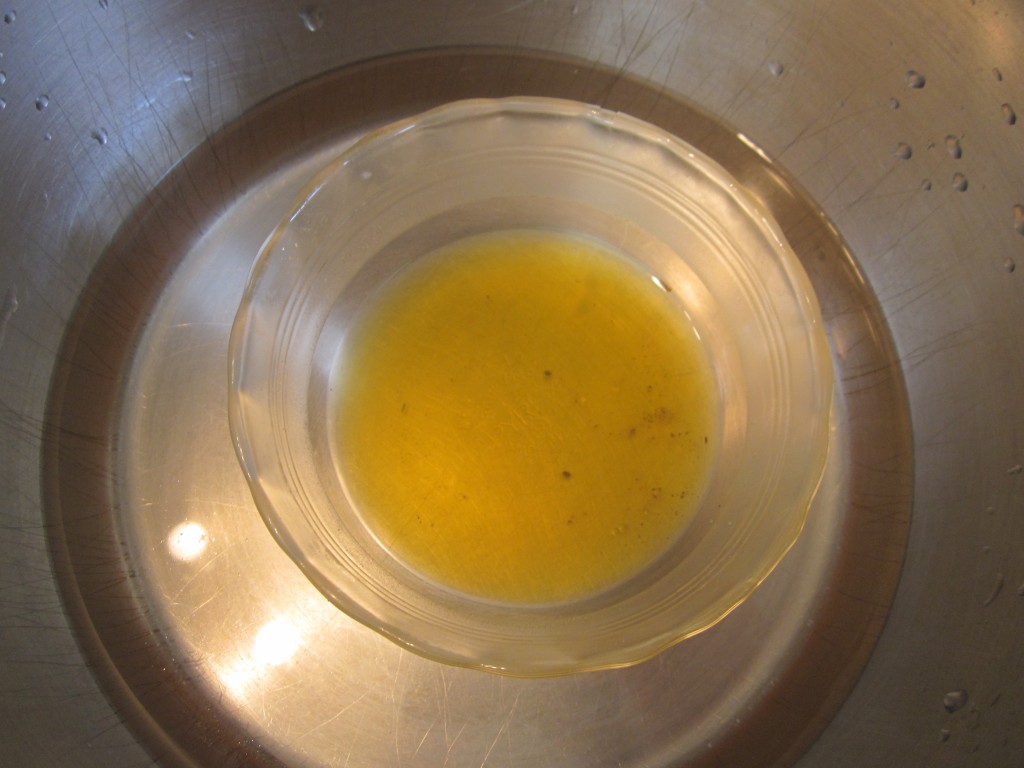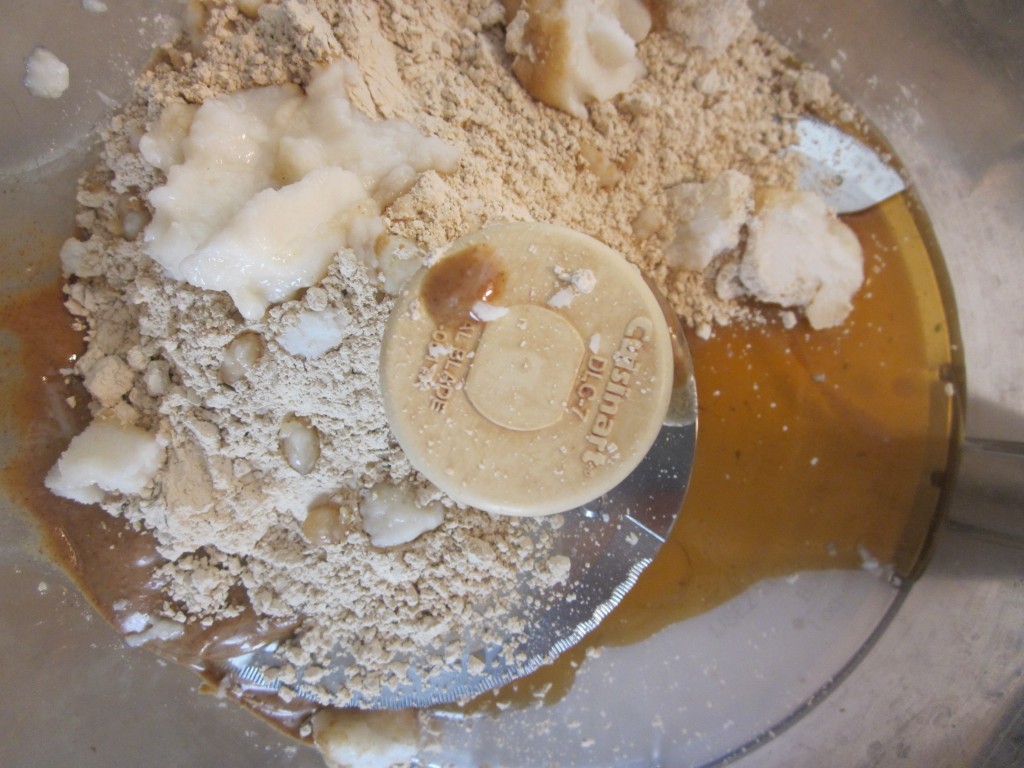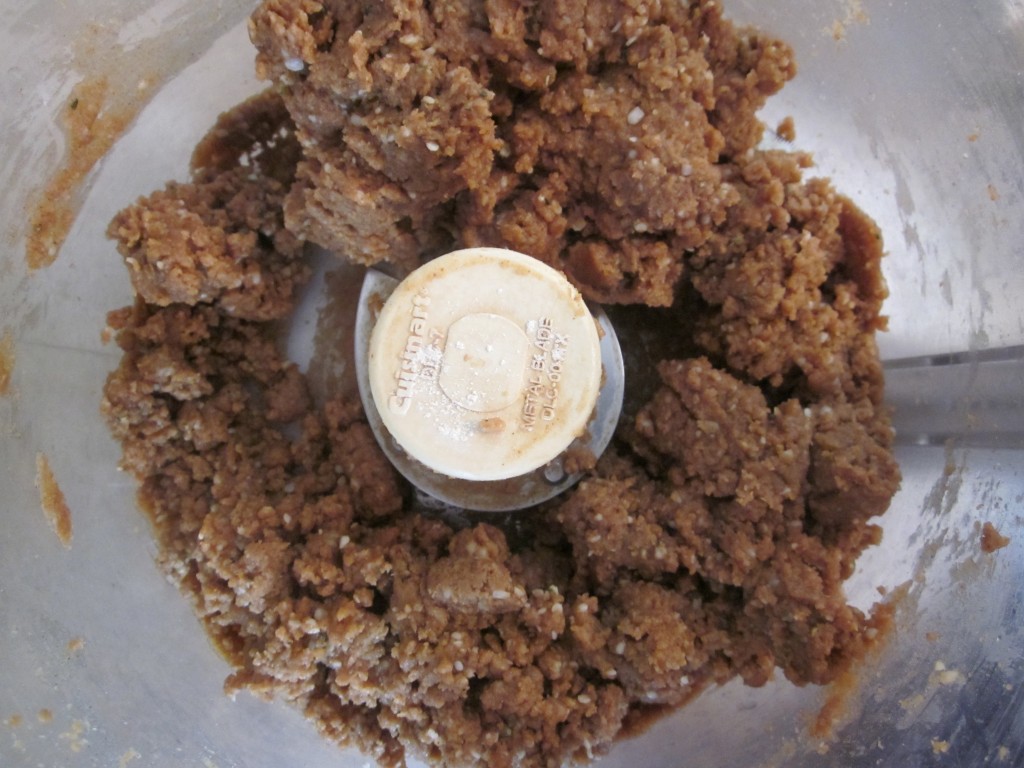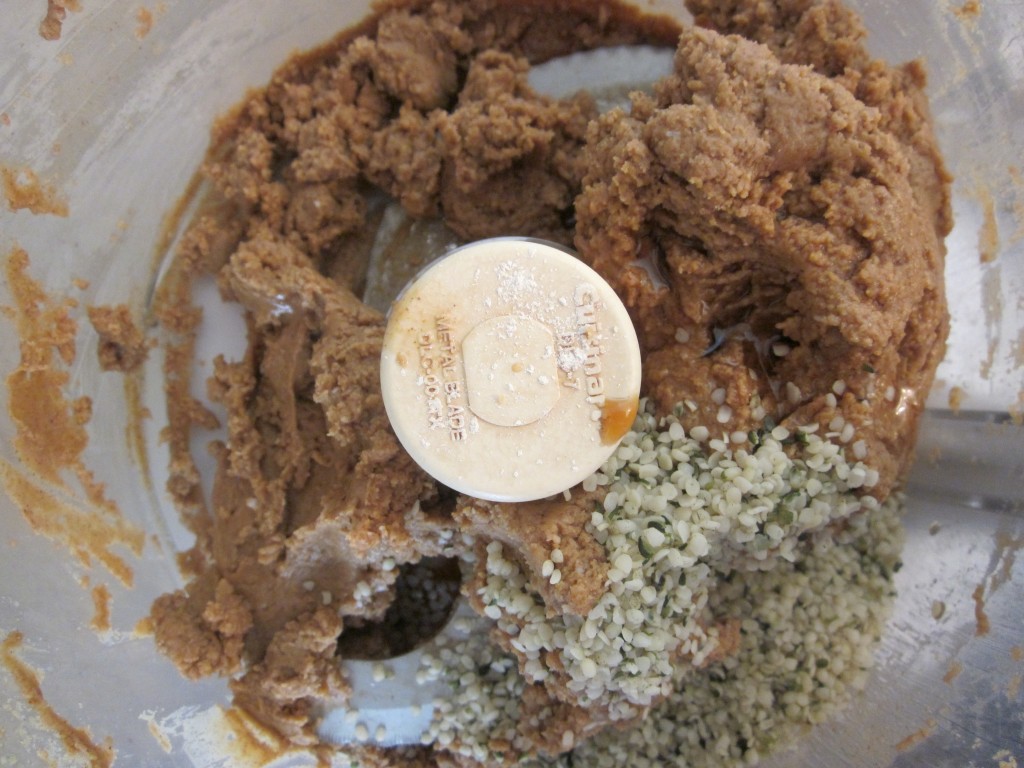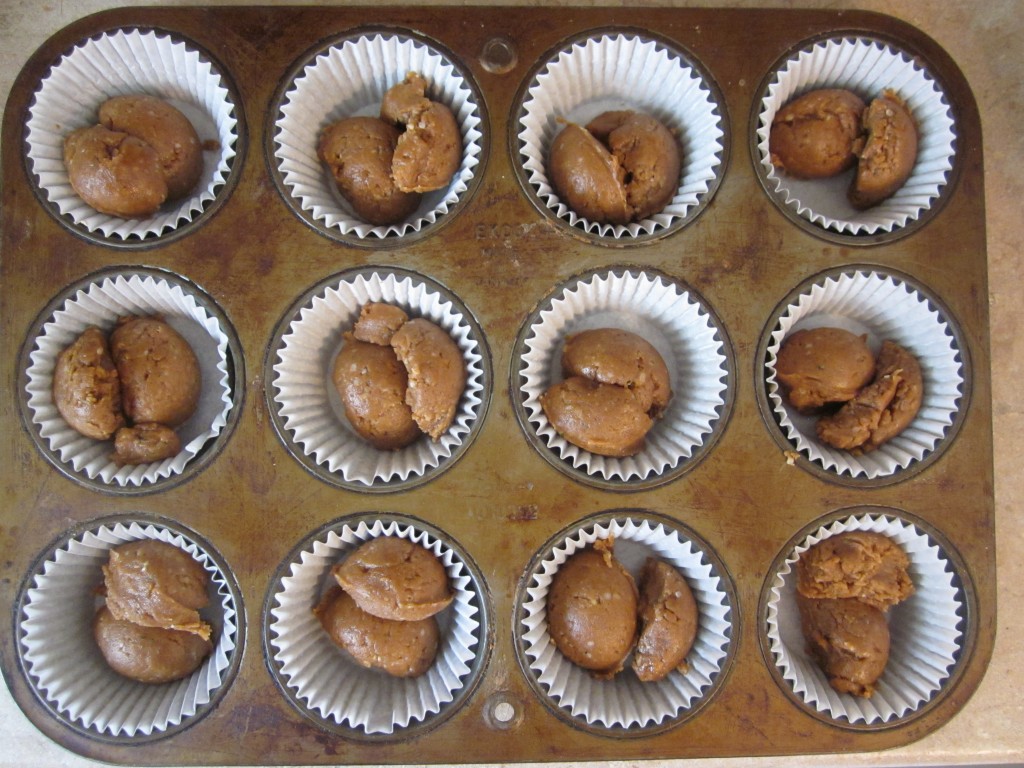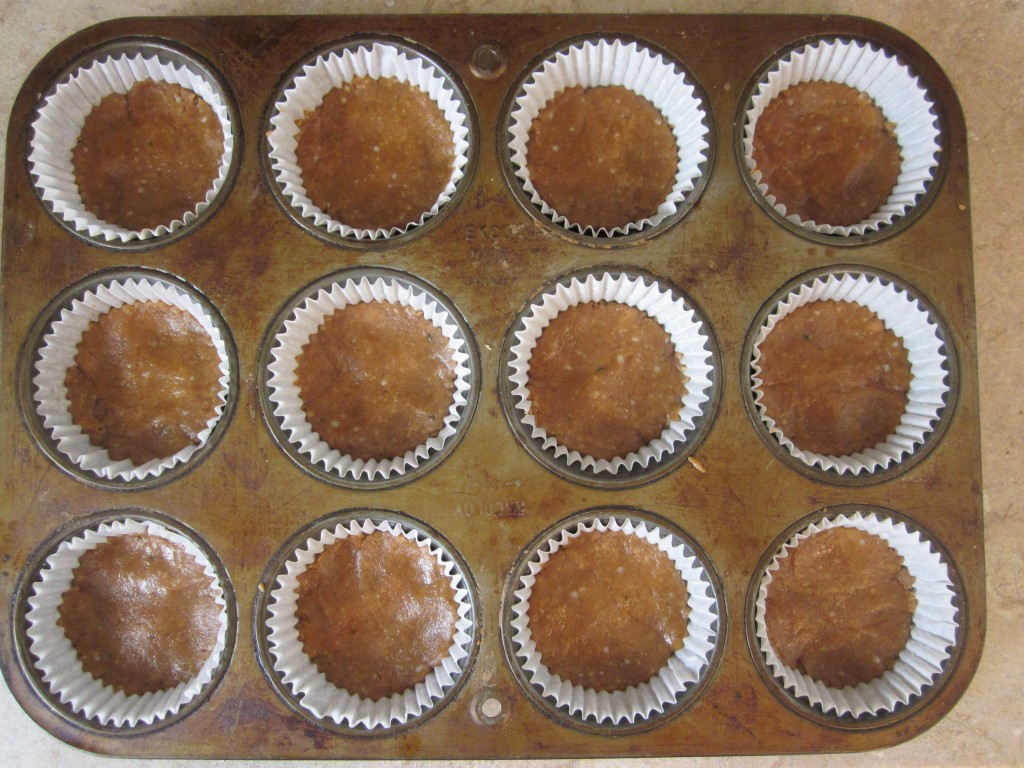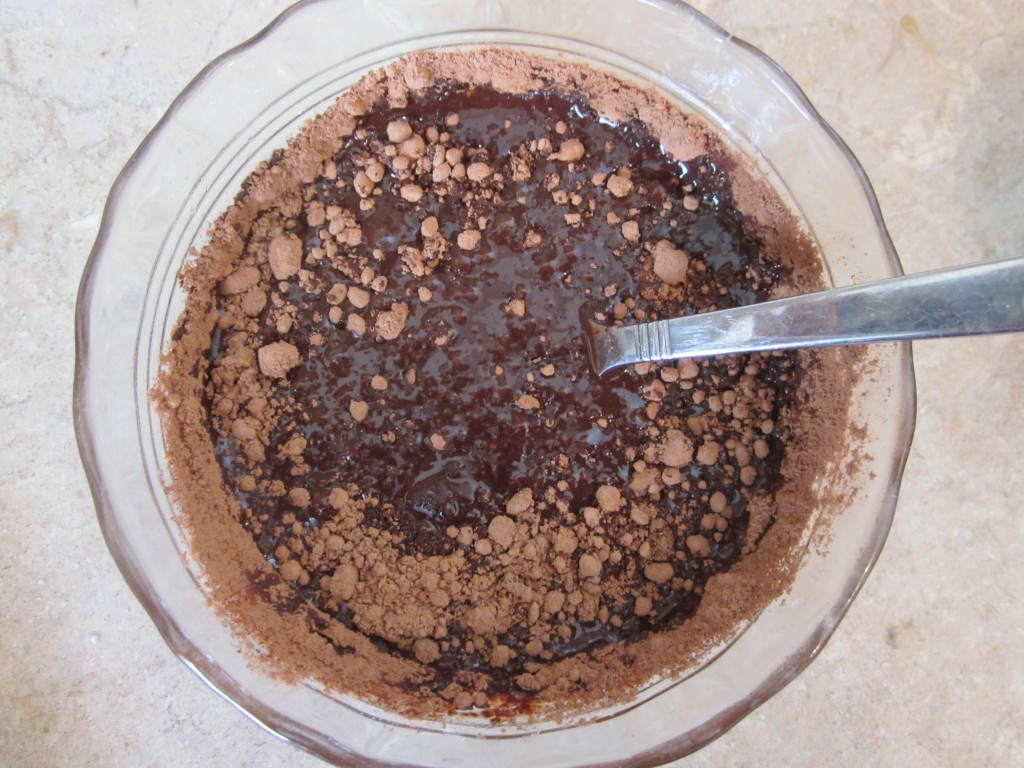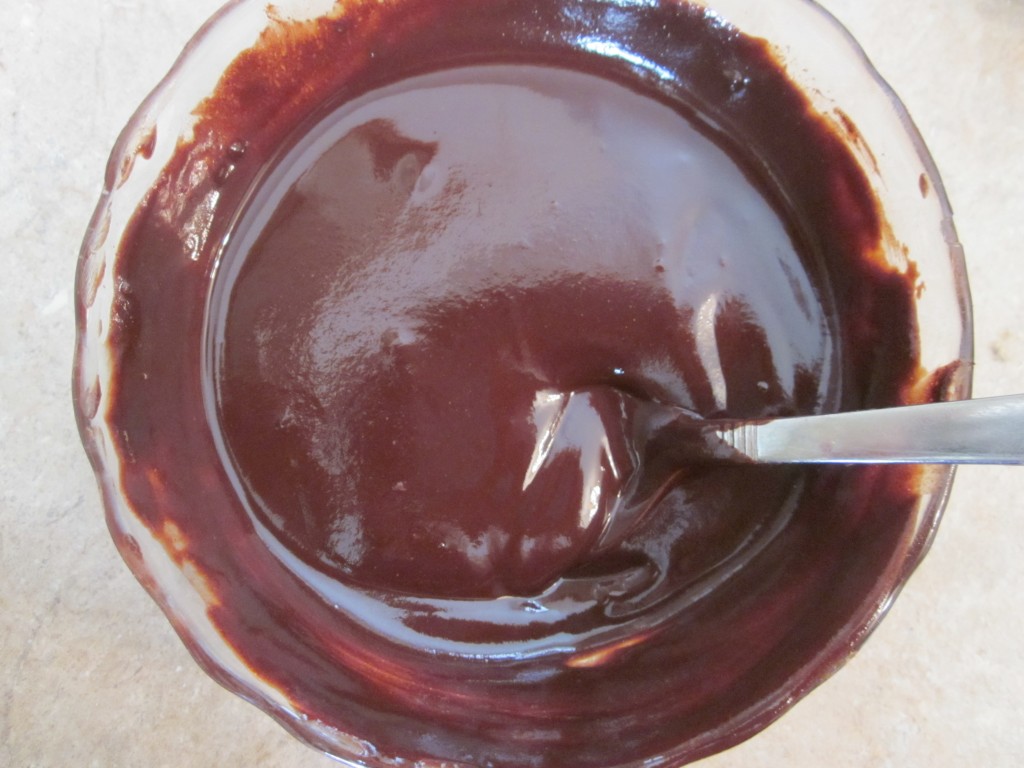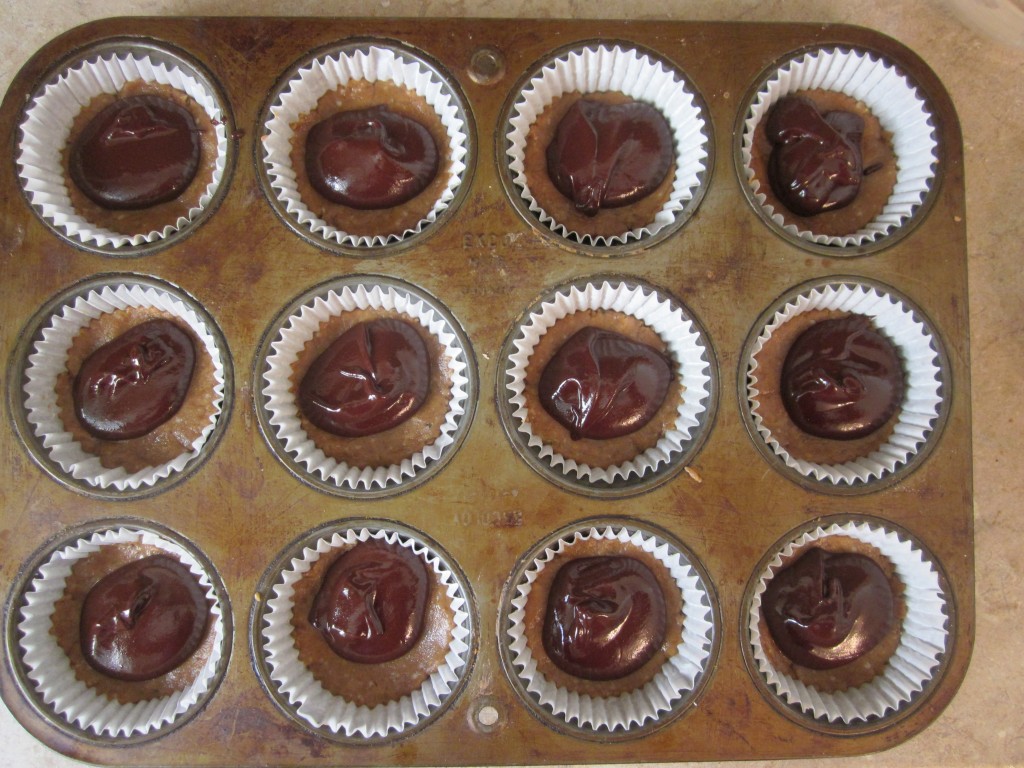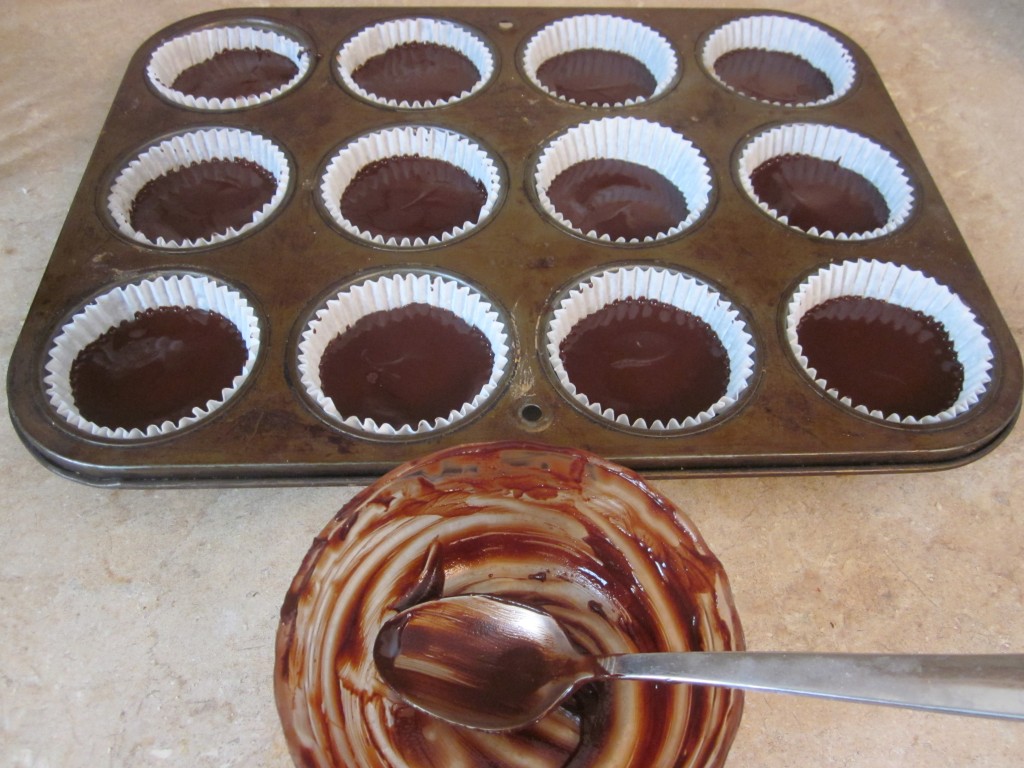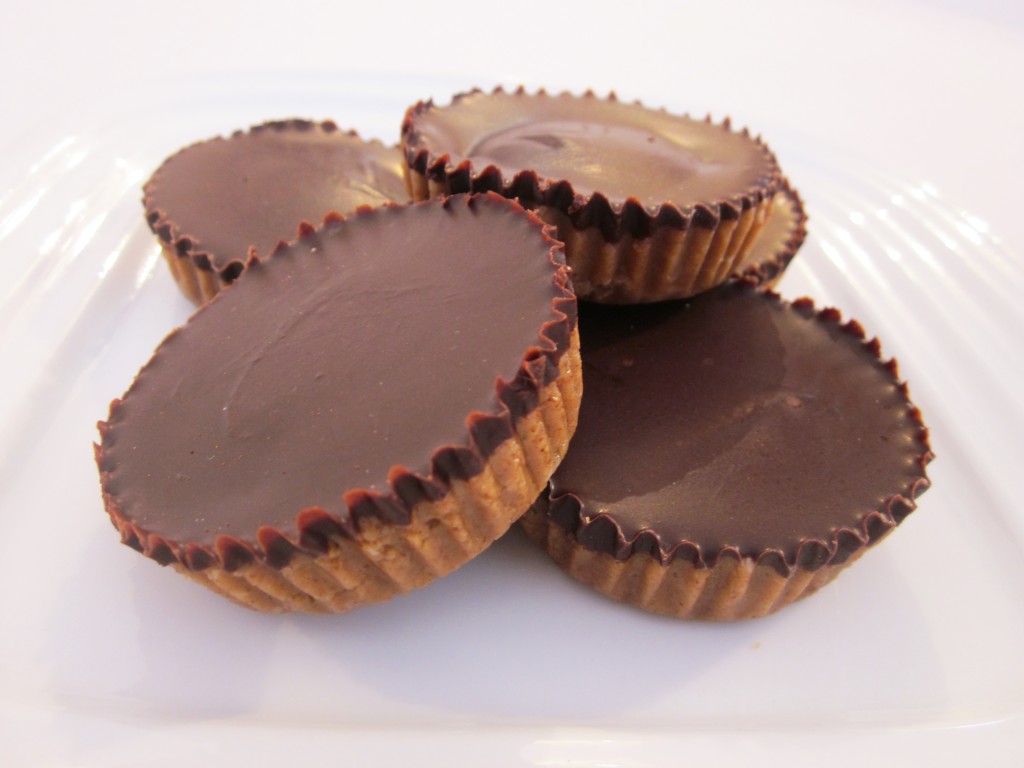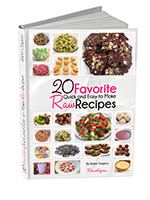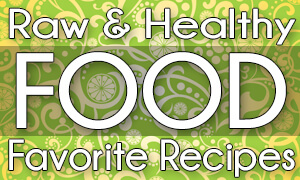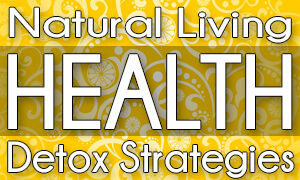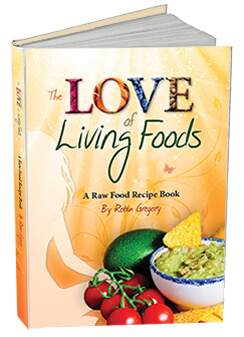Awesome Protein Peanut Butter Cups Recipe, without the Peanuts
2013
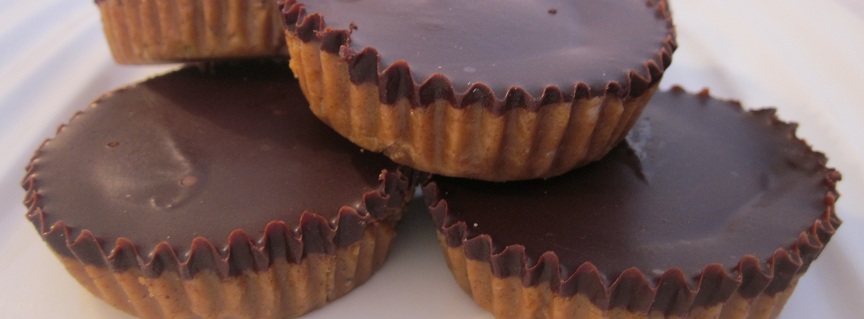
This protein peanut butter cups recipe is one I decided I needed to make into as healthy a version of as I possibly could, while still keeping the deliciousness, and I wanted a high protein version as well. My kids and family LOVE Reese’s peanut butter cups, so I am thrilled to get down a version that everyone who has tasted them so far has raved over. In fact, everyone so far to taste them says they would take these over the original. Not bad for ramping up the health quotient and making them into a raw food recipe!
My first big challenge is that peanuts are a big no-no in the raw food world. You will not find peanuts in many raw recipes, or in paleo recipes either. Both of these two food eating ideologies share a common goal, which is to incorporate the healthiest foods with the most nutrients into their meal plans and recipes. I am not sure about paleo, but I have seen raw jungle (wild, organic) peanuts used in some raw food recipes. I tend to just stay away from them all together as these raw jungle peanuts are expensive and hard to find, even if they are acceptible to eat, and so it is easier to substitute, as I am doing here. You, however, can choose for yourself if you want to eat peanuts, and whether to use almond butter (as I did) or peanut butter into your recipe.
While most people love peanut butter, and many consider it a healthy and economical source of protein. I am going to give a few reasons why most raw foodists stay away from it and why you may want to look at your consumption of it (if you eat it) a little more carefully.
Why are peanuts and peanut butter bad for us?
Firstly, most peanut butters on the market are filled with sugar, soybean or other oils and additives. Most peanut butter brands replace or add to the peanut butters natural oil with hydrogenated fat, which doesn’t separate the way the natural oil from the peanut does. This makes it unnecessary to stir the peanut butter. These fats are shown to lead to many diseases and health problems, and so here we exchange convenience for a load of very unhealthy fats.
Next, peanuts themselves are a great soil cleansing crop, like potatoes. They can be used to really clean up the soil as they pull toxins in effectively. Just common sense looking at this says that if you are going to eat peanut butter only eat organic and one without added oils. You will likely need to hit up a health food store for these, stay away from the popular packaged peanut butters on grocery store shelves. But it gets worse, and the bad news is also for natural peanut butters, even organic.
Aflatoxins
Peanuts contain aflatoxins. Aflatoxins are a carcinogenic mold that peanuts are particularly susceptible to. They are the most contaminated crops, along with corn and cottonseed. They pick up this mold as they are growing underground from the soil, and it is found in both conventional and organic peanuts. It is nearly impossible to buy peanuts ‘local’ or fresh, and the longer they sit in warm temperatures and high humidity, and they often do for long periods in storage and in shipping, the more the mold grows.
Interestingly, roasting the peanuts and the peanut butter making process reduces the aflatoxin content, but here my innate common sense tells me to be wary. If something is toxic to begin with and we can denature it to make it better, something seems wrong to me. My gut feeling on this is: Why go there? Why take that risk when there are better and healthier options to choose from? And there is more.
Even more of a concern is that peanuts are a concentrated source of lectins.
What are lectins?
Lectins are found in some degree in most plants, usually in small amounts. Lectins basically are the plants internal defense strategy and they are thought to have developed in plants as a natural pesticide. While the low levels in most plants will go by unnoticed, those with high levels can can wreak some havoc especially if you already have digestive disorders or a compromised system.
The plants with the highest lectin activity are grains and legumes, especially wheat, peanuts and soybeans. Lectins can be toxic, cause inflammation and be artherogenetic, that is to cause a buildup of plaque in the linings of your arteries. These plants with high levels of lectins have been found to cause the most digestive diseases and inflammation in the body from them. Lectins not only can cause gastrointestinal disorders but can do damage to the joints, brain and skin. Continued exposure in the gut to these toxins can raise defense systems so much to create dysfunction, which can lead to autoimmune diseases and allergies.
An alternative
First, sorry about spreading the bad news. I love to keep it positive but this seems like an area that needs to be opened up for more awareness. This is what I have learned about peanuts and it’s enough to make me not take the chance of eating them.. or to eat them in extreme moderation.
The great thing is that we have so many other good, vegan, raw and healthy protein sources! Listing all these is for another post, another time. For now let’s get to the recipe! The most common alternative in recipes calling for peanut butter is almond butter, although other nut butters can be used as well. I am using almond butter in mine and it turned out to be delicious. You can choose peanut butter, of course, but if you are a peanut eater, as many are, you may want to think twice next time you eat them or open the jar.
So, here is my awesome protein peanut butter cups recipe, without the peanuts!
Protein Peanut Butter Cups Recipe
Bottom filling ingredients
1 cup raw Almond butter
¼ cup Hemp Seeds
¼ cup SunWarrior Vanilla Protein Powder
¼ cup Coconut Butter (aka Coconut Spread)
¼ cup Maple Syrup
1 Tbsp Maca – optional
1 tsp Vanilla
Top chocolate ingredients
2/3 cup Cacao Butter
½ cup Cacao Powder
3 Tbsp Maple Syrup – or ¼ cup for more sweetness
2 tsp Maca
1 tsp Vanilla
Directions
Line a muffin tray with paper liners. Start getting the chocolate ready by warming up the cacao butter. I have found the best way to do this is by placing a bowl of the cacao butter in a pan of hot water. Keep replacing the hot water or set on a burner at a low setting to keep water hot so that cacao butter will melt. While it is melting, prepare the bottom filling.
Place all of the bottom filling ingredients, except hemp seeds, in a food processor and process to combine. If your coconut butter is hard and cold it may need to be warmed a bit first so it combines with the other ingredients easily. You do not want to over process or the mixture will become too oily. After the ingredients are combined add the hemp seeds and process again until combined. Then drop this mixture by small spoonful’s into the lined muffin tray. Split it evenly between the 12 cups and then press it down.
Now your cacao butter should be melted. Add all the rest of the ingredients to the cacao butter and mix together until smooth. I added half of the cacao powder first and mixed until smooth. Then I mixed in the rest. Then spoon the chocolate on top of the peanut butter mixture and spread it out to the edges.
Next place the tray in the fridge to help the chocolate to set quicker. It doesn’t take long to set; the chocolate just needs to come back down to room temperature and it will be hard.
note: the links in the ingredient section above go to more information about the ingredients.
For more info on my favorite protein powders and protein shake recipes, click here.
For more info on the healthiest and my favorite sweeteners, click here.
Peanut Butter Cup Recipe Photo Description
Assemble ingredients. these are for the bottom part.
These are ingredients for the top chocolate part of the peanut butter cups.
Melt the cacao butter.
Put all the bottom filling ingredients in the food processor, except the hemp seeds.
Process until well combined.
Then add the hemp seeds.
Process until well combined, without over processing. Drop by spoonfuls into lined muffin tins. I had about one and a half tablespoons of the mixture for each cup.
Press down evenly into the bottom of paper liners.
After cacao butter is melted, stir in the rest of the ingredients. I put in half the cacao powder, stirred until smooth and then added the rest, to make it easier to blend smooth.
Stir until smooth.
Spoon evenly in the cups on top of the bottom ‘peanut butter’ mixture.
Smooth the chocolate out to the edges with the back of a spoon or a small spatula.
Set in the fridge to set for about half an hour. It doesn’t take long. The chocolate hardens beautifully. Also, I didn’t have anyone notice or mention that there was no peanut butter in them, only Mmm’s of happiness. They are delicious!
Enjoy! To your optimal health!
